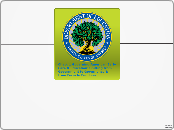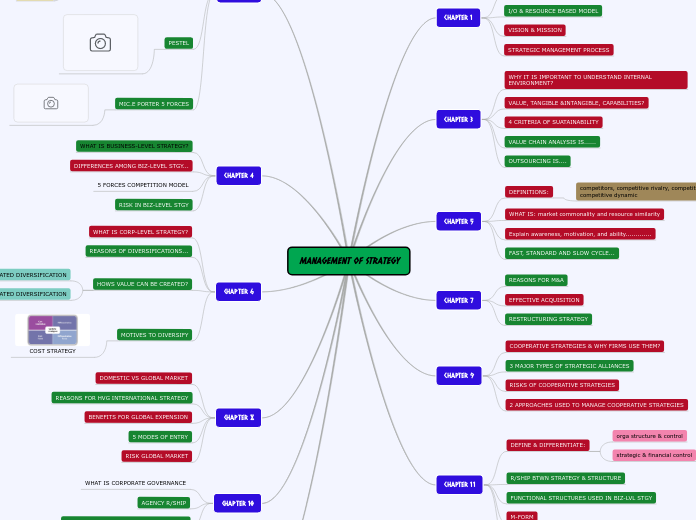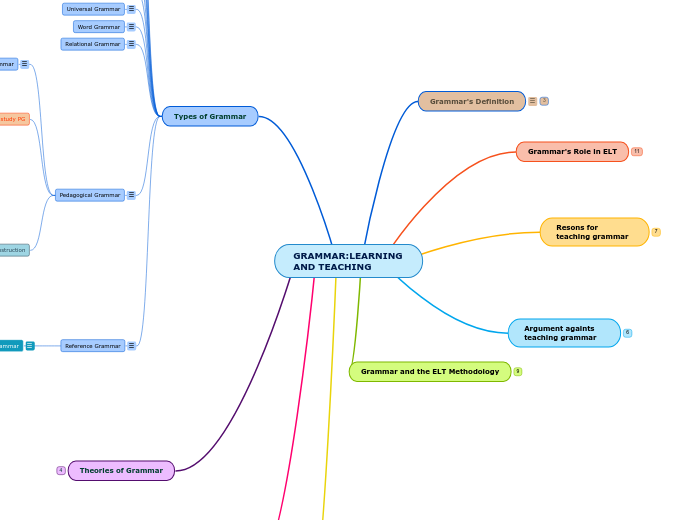Chap. 1 Governing American Early Care & Education: Shifting from Government to Governance & from Form to Function
Issues to Consider
To build such authority & accountability into governance entities in ECE:
Values
-Taking serious stock of program efficacy & impacts of such programs on young children, early care & educ. been able to legitimize increased funds
Public Support for Governance
-Public is affected positively by good governance daily
-Challenge for future will be to build public support that accepts & embraces governance entities as necessary & credible components of an ECE system
Funding
-Funding for governance should be regarded as an investment that yields more effective, efficient, & equitable utilization of $
Durability
-During initial develop. Stage of new governance structures, important to ensure that both their creation & dissolution require stakeholder input, bipartisan agreement, & official action by political institution
Balance
-Governance approaches may be designed to have authority for regulations & accountability for finances
Shifting from Form to Function
2 key functions must be present in their entirety: authority & acccountability
-Both should exist durably, clearly, and visibly; they must not be subject to frequent changes, obfuscated language, or limited exposure.
Accountability
Power to Know
Child/Student Accountability: Governance entities have the responsibility to design & implement child accountability systems that will provide data about children's progress to policy makers while honoring the rights of young children.
Workforce Accountability: Assessing the nature & quality of teacher preparation efforts, as well as the degree to which teachers in the state adhere to prescribed standards.
Program Accountability: Ensures that the quality of all programs, irrespective of funding stream, is monitored regularly & reliably.
Fiscal Accountability: Funds must be managed & used according to prescribed goals (e.g. making services affordable & accessible to families).
Authority
Power to Act
Authority to Collect, Interpret, & Release Data: Governance entities must possess authority to collect, store, track, & analyze data. The collection of data should be consistent across programs.
Authority to Budget, Allocate, & Manage Fiscal Resources: Governance entities must possess fiscal authority--the ability to garner fiscal resources & then to administer, allocate, & manage the funds.
Authority to Develop & Enforce Regulations: Governance entities must possess regulatory. Must have the power to establish & enforce regulations that anable people & organizations to operate within the ECE field.
Governance in Early Care & Education
Phase I: Programmatic Approach 1960s
Legislation promulgated rules for Head Start...
-Programs were to meet Program Performance Standards & periodic monitoring was required; policy councils were to have the final word on major decisions; parents were to comprise over half of the membership of each policy council.
-No early childhood "whole" could emerge, programs competed with each other for resources, personnel, & in some communities, children.
Phase II: Coordinated & Collaboration mid 1980s
-Labeled "systems efforts," "joint planning," or "partnerships," these efforts aimed to bring sponsors & providers of different programs together to achieve common goals.
-With-in government cabinets
-With-in government management teams
-State-level collaboratives
-Managing partnerships
-State-local partnerships
Phase III: Moving Toward Shared Responsibility & Accountability Late 1990s & 2000s
Privatization, degree to which governing functions are assigned to the public & private sectors.
-State transfers provision, financial, and/or regulatory responsibility to actors outside public sector, including both nonprofit & for-profit organizations.
2005-Washington state legislature established the Washington Early Learning Council
Decentralization, alterations in the balance of authority & autonomy among different levels of govern.
-States empower local communities to initiate & implement efforts that integrate care & education.
1997-Colorado General Assembly authorized the creation of local early childhood councils in 12 communities
2007-increased the number of communities to 31, serving 60 of the state's 64 counties
Administrative integration, refers to degree to which a single administrative agency is responsible for early chare & education.
Subsumed Administrative Integration: The New Unit Approach...bringing together of complementary programs, services, & initiatives in a new division that is housed within an existing state agency.
2005-Maryland, established a new Division of Early Childhood Development
-Blended Administrative Integration...establishment of an executive branch office to lead & manage ECE efforts state departments, blending management functions across multiple agencies.
December 2006-Pennsylvania established The Office of Child Development & Early Learning
-Stand-Alone Administrative Integration or the Entirely New State Agency Approach...accords the state agency substantial degrees of both authorty & accountability (fiscal & results) that pertain to a broad array of services and infrastructure that comprise the system.
Georgia, state's department, Bright from the Start: Georgia Department of Early Care & Learning
July 2005-Massachusetts General Assembly established a new state department & accompanying independent board, Department & Board of Early Education & Care.
Defining & Understanding New Governance Approaches
-Governance works to ensure that all programs are expected & supported in their efforts to attain quality standards for themselves & for their teachers, to be affordable & meet the needs & demands of the local community, to be cost-effective, & to provide children with meaningful experiences that prepare them to be successful lifetime learners (Kagan & Cohen, 1997).
The Consequences of Government Action/Inaction & the Needs for Governance
-Decades of uncoordinated policy making have rendered a convulted nonsystem of ECE services that does not meet goals.
-How the multitude of public & private actors & initiatives can be configured to maximize efficiency, outcomes, equity, excellence, & individuality....enter governance.
Government's Role: Taking Stock, Past & Present
-?s of whether gover. had a responsibility for children's well-being were front & center.
-Decided by the public, except in times of national crisis, govern's role remained margianal.
-Private programs were funded, managed, controlled by the settlement houses, churches, & nonprofit agencies.
-In 1960, govern, mainly federal & some states provided programs for economically disadvantaged children.
-In 1990s federal govern. assumed larger policy role in general because of new dataof effects of high-quality early childhood programs.









